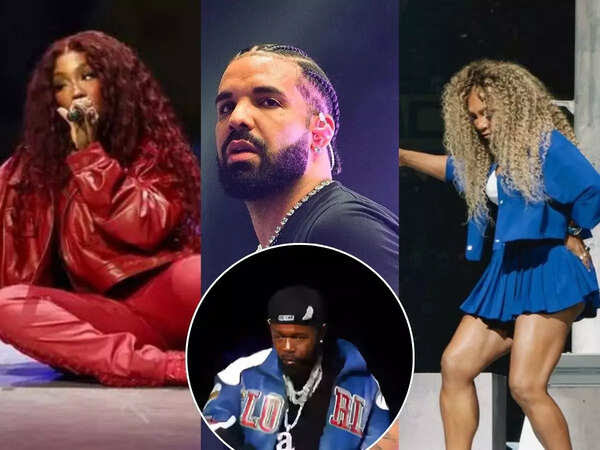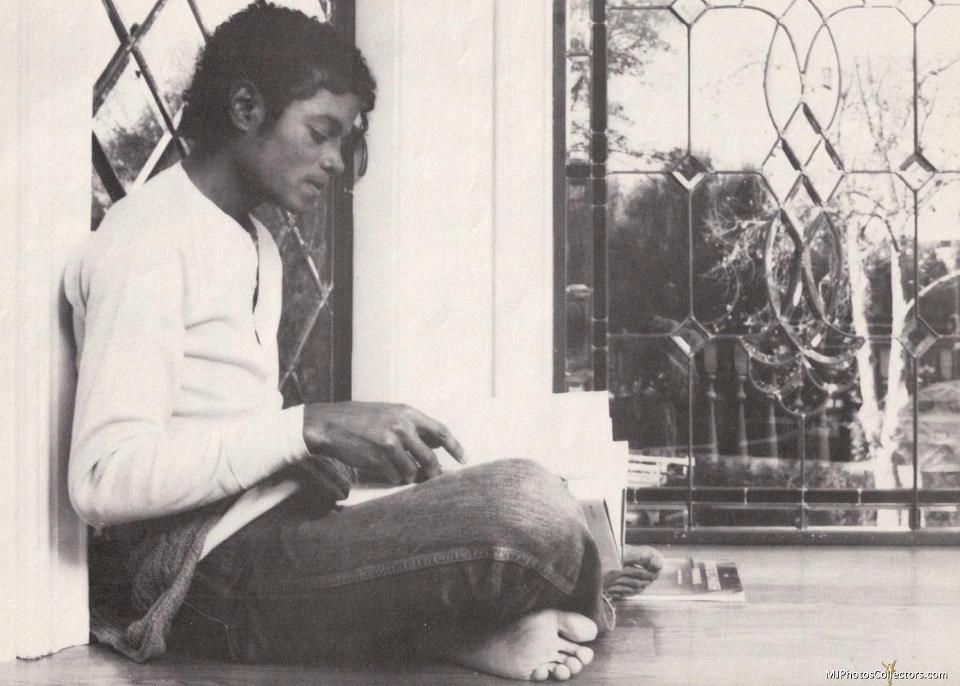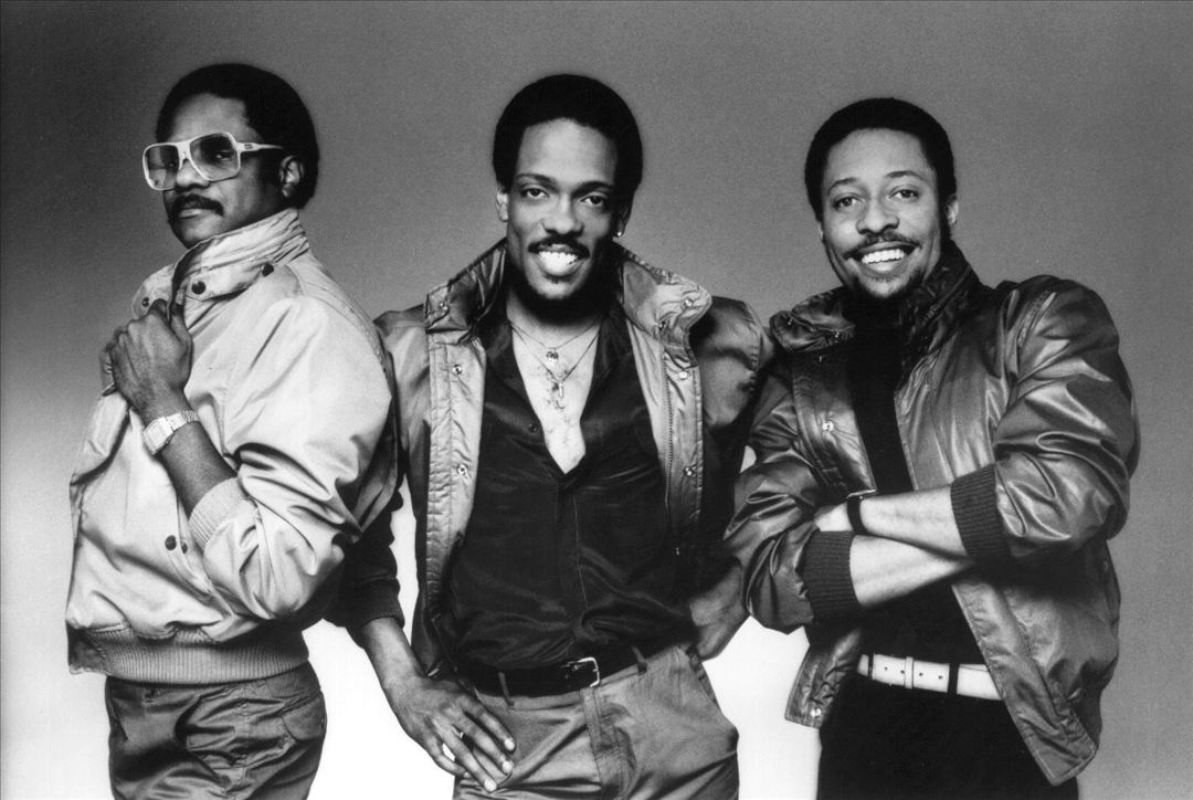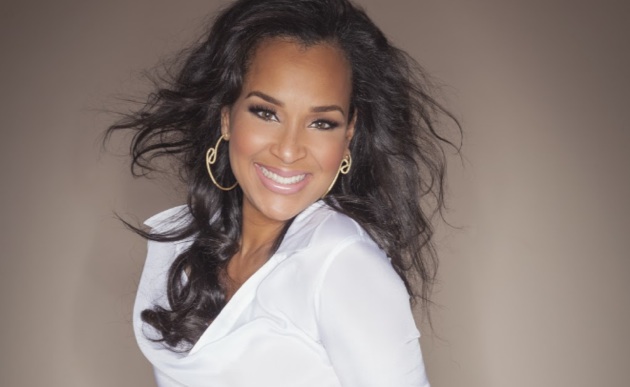Whether you’re proudly wearing green in celebration of the Philadelphia Eagles or balling up your Kansas City Chiefs jersey in disgust, the consensus is clear: Sunday’s Super Bowl game was a memorable one.
Philadelphia’s offense and defense were impenetrable, the Chiefs ran out of the magic juice to conjure up the historic ‘three-peat’ they were after, and then there was the halftime show, headlined by Kendrick Lamar, the Compton, Calif., Pulitzer Prize- and Grammy Award-winning hip-hop luminary.

As the first solo rapper to command a half-time show, the 37-year-old Lamar jammed his 13-minute slot with a trio of celebrity cameos and symbolism that parodied and pointed out America’s attempts to minimize the inherent worth and accomplishments of its Black citizens by reducing them to amusing, yet expendable pieces on a gameboard to move — and remove — at will.
Admittedly, it was a lot to digest. However, few hip-hop performers can rival Lamar’s lyrical prowess and verbal dexterity. A man who balanced his powerful pen game alongside the influence of familial gang ties and the explosion of West Coast “gangsta rap,” Lamar’s solo 2011 debut, Section.80, earned him a partnership deal with Dr. Dre’s Aftermath Entertainment. After a string of lauded hip-hop releases — Good Kid, M.A.A.D City, his first No. 1 To Pimp a Butterfly, the Pulitzer Prize-earning DAMN — up to his present GNX, Lamar’s razor-sharp commentary and ability to flip a hip-hop beef with Canadian rapper Drake into catchy couplets and multiple Grammys solidify his merit.
The TV audience of millions and the 65,000 Superdome fans who witnessed Lamar in person received a dizzying array of imagery, symbolism and epic levels of petty and shade. Set on a stage designed to mimic the inside of a PlayStation video game controller, Lamar made a powerful statement about Blackness in America while paying homage to West Coast culture. As 29 dancers draped in red, white and blue emerged from a low-riding hooptie, actor and lifelong civil rights activist Samuel L. Jackson personified the cynicism and “othering” gaze of “Uncle Sam,” constantly chiding Lamar’s ability to properly “play the game.”
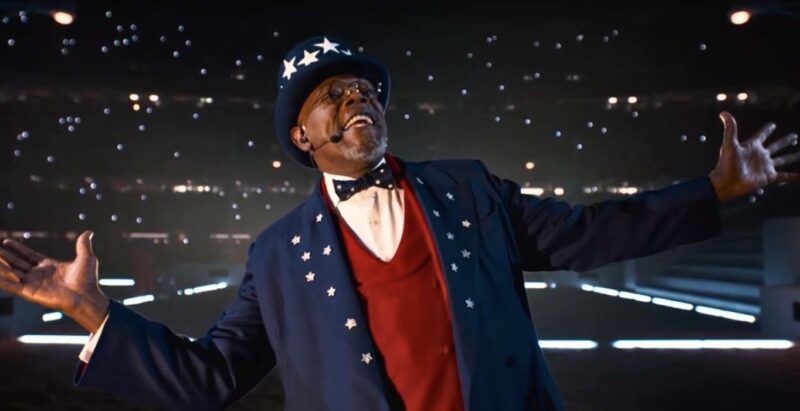
In between spitfire verses from hit raps like “Humble,” “Squabble Up,” “DNA,” “Euphoria” and “Peekaboo,” Lamar made it clear that the last thing he’ll do is comply: “The revolution about to be televised, you picked the right time but the wrong guy.”
When he wasn’t standing in between his dancers to illustrate a divided nation, Lamar incorporated multiple elements of hip-hop, including sampling “Luther” via the smooth duet with SZA and a taste of the ultra-petty Drake-aimed diss track “Not Like Us.” Jackson remained a stern taskmaster, deducting lives as “points” and deriding Kendrick’s message as “too loud, too reckless, too ghetto,” a common practice of critics who denounce how people appear and how the words sound rather than making an effort to comprehend what they’re saying. No matter: Kendrick shrugged off the negativity with another truth: “40 acres and a mule, this is bigger than the music: They tried to rig the game but you can’t fake influence.”
Drake is currently touring in Australia, but there’s no way he could escape the searing snark unfolding across the globe, from the dangling “A” on Lamar’s blinged-out necklace (referencing the Canadian rapper’s first name of Aubrey, perhaps?), the infamous “Tryna strike a chord and it’s probably ‘A minor’” line and the inclusion of two of his exes, the aforementioned SZA and a crip-walking appearance by tennis champion, Serena Williams.
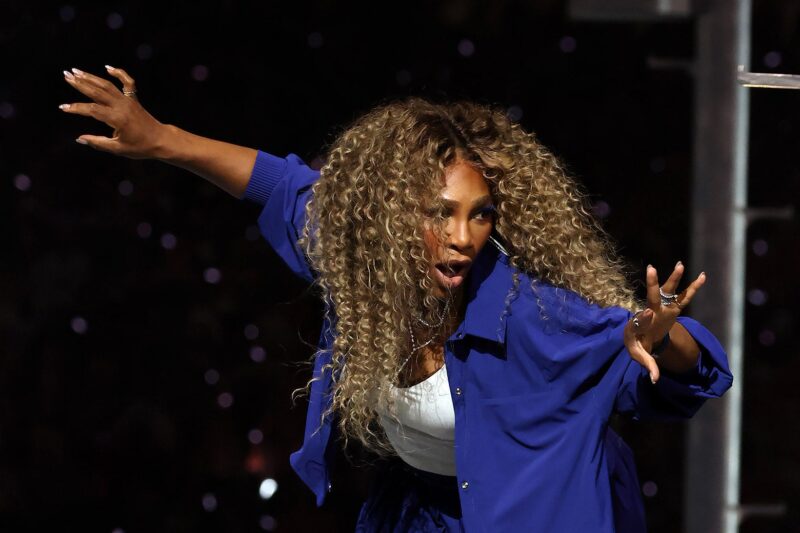
Kendrick Lamar’s crisply choreographed, politically prescient performance earned its share of fans and foes, the latter likely being comprised of people who don’t regularly listen to hip-hop overall or won’t acknowledge its worth as an American-originating art form (remember what “Uncle Sam” said?). However, as a woman who came of age alongside the rise of the genre, I understand that in its rawest form, hip-hop is meant to make the listener uncomfortable and likely won’t be fully embraced by the masses.
That fact still doesn’t minimize the quality of the presentation nor the accuracy in his portrayal of the widening cultural divide between “us” and “them.” Lamar used his time on stage to demonstrate that Black lives, along with our blood, sweat, tears and brilliance, helped to shape this nation’s progress into a global superpower and remains an indelible part of its history, no matter how detractors attempt to hide our accomplishments from academia and slander our contributions as token remnants of “DEI.”
Yes, one of his biggest hits is “Not Like Us,” but Lamar’s insistence in surrounding himself with red, white and blue reminded viewers that we are as much a part of this country as anyone and won’t be silenced.
I get it: Lamar’s delivery, though riveting, was a complex maze to navigate and may take a few trips and rewinds on YouTube to fully get the grasp of, but one doesn’t have to be a hip-hop scholar to recognize Lamar’s stellar commitment to using his reach to educate and “fight the power,” as Public Enemy’s Chuck D famously said. The widening chasm that the Compton rapper personified amid a sea of red, white and blue — with bent backs turned away on either side — signifies the present and what must be acknowledged to return to the ideal expressed in its original creed: “one Nation indivisible, with Liberty and Justice for all.”
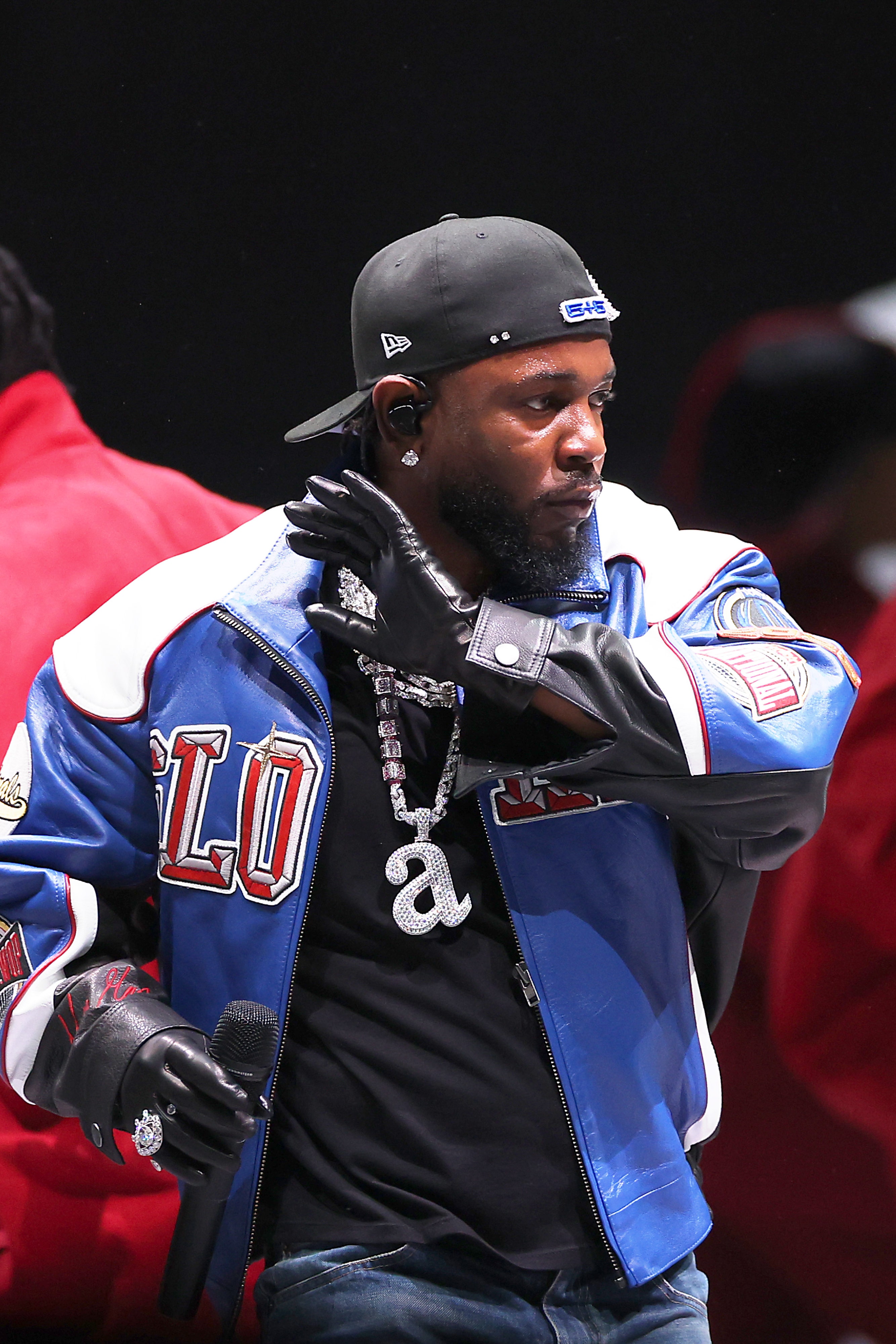
Toward the end of the halftime show, Uncle Sam praised the “All The Stars” performance and reminded performers that America prefers it “nice and calm.” But progress rarely happens that way. A common refrain in hip-hop reminds us to “bring the noise,” and that’s exactly what happened, right before Lamar opted to power off the “game” rather than quietly accepting a pre-determined loss.
Lorrie Irby-Jackson is a freelance writer and entertainment critic in Dallas.

